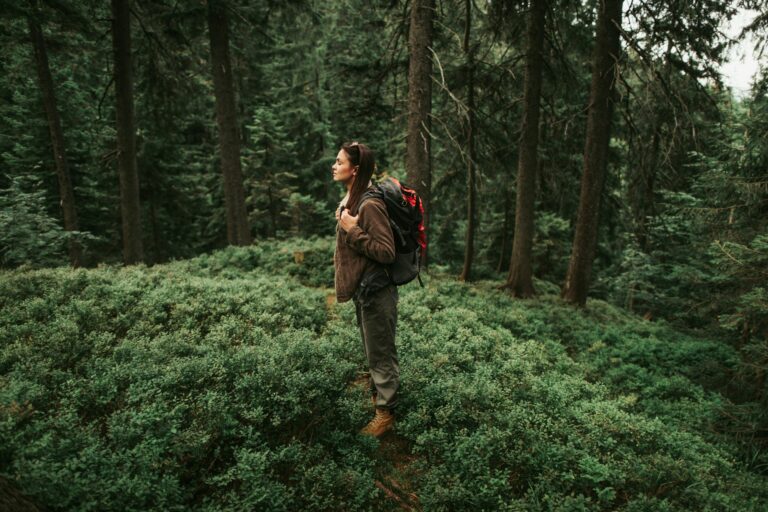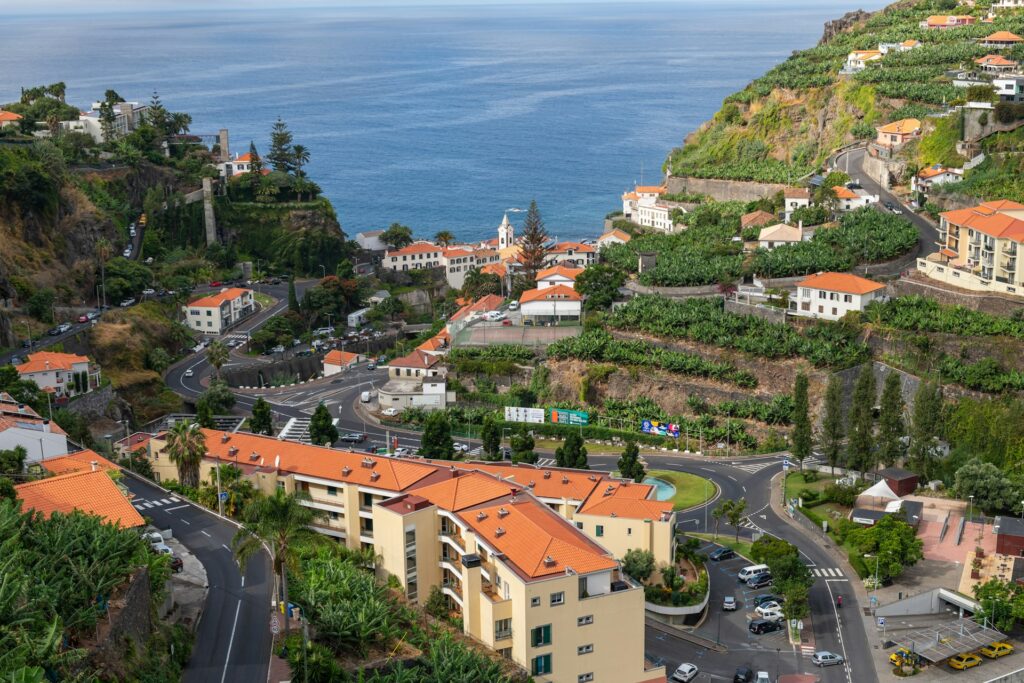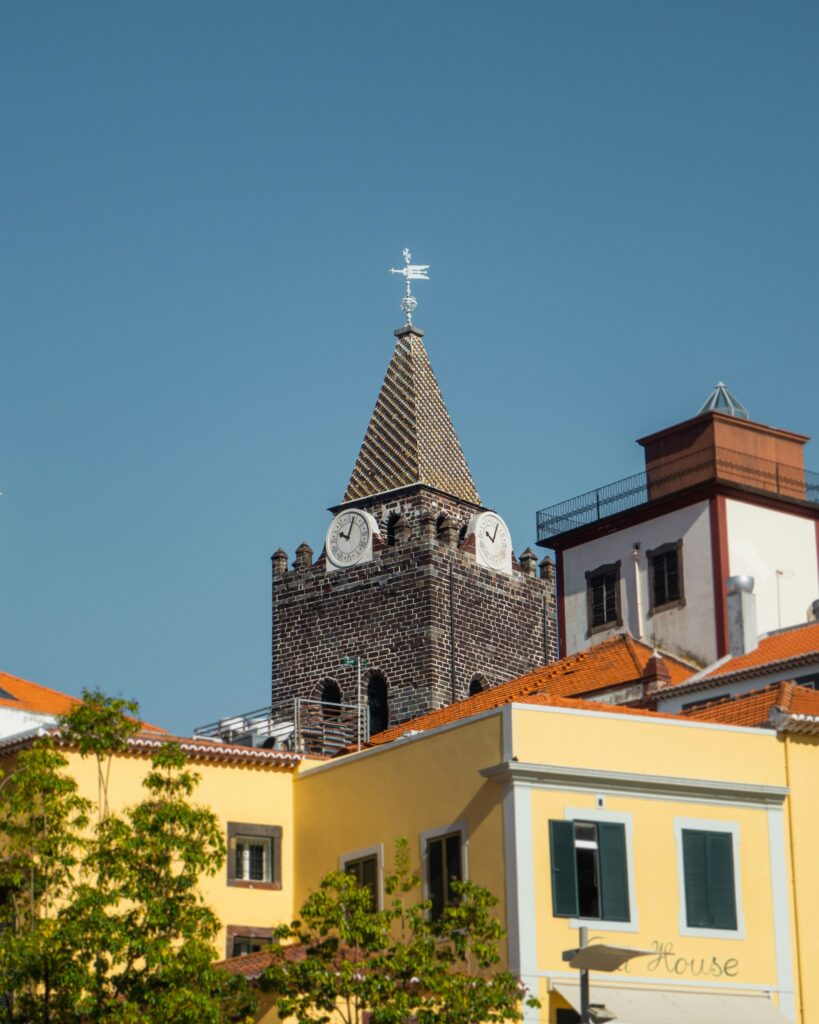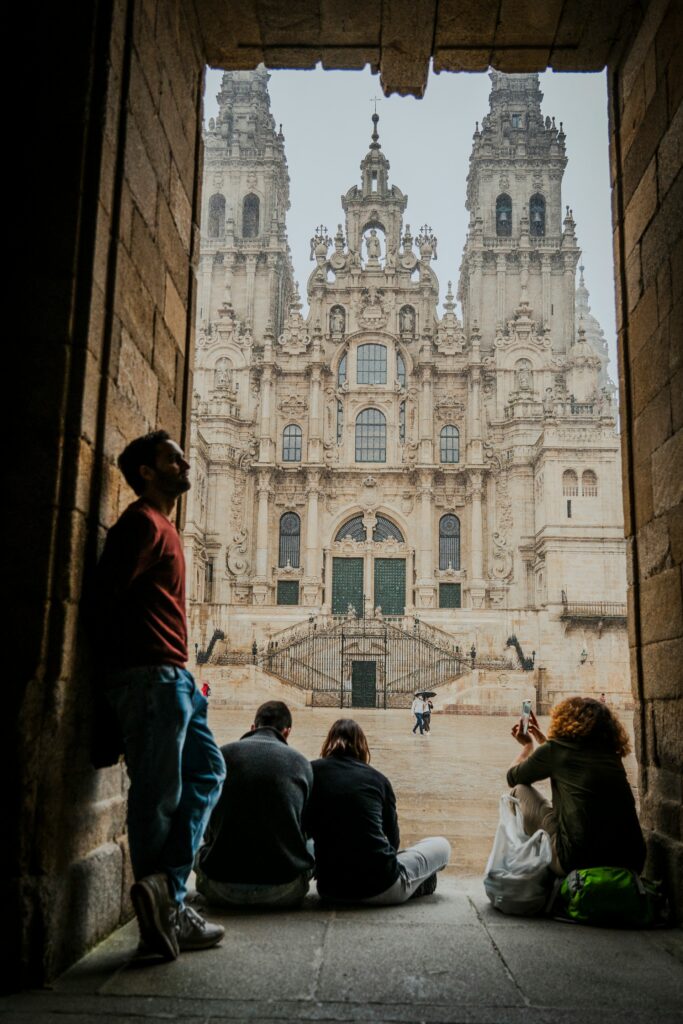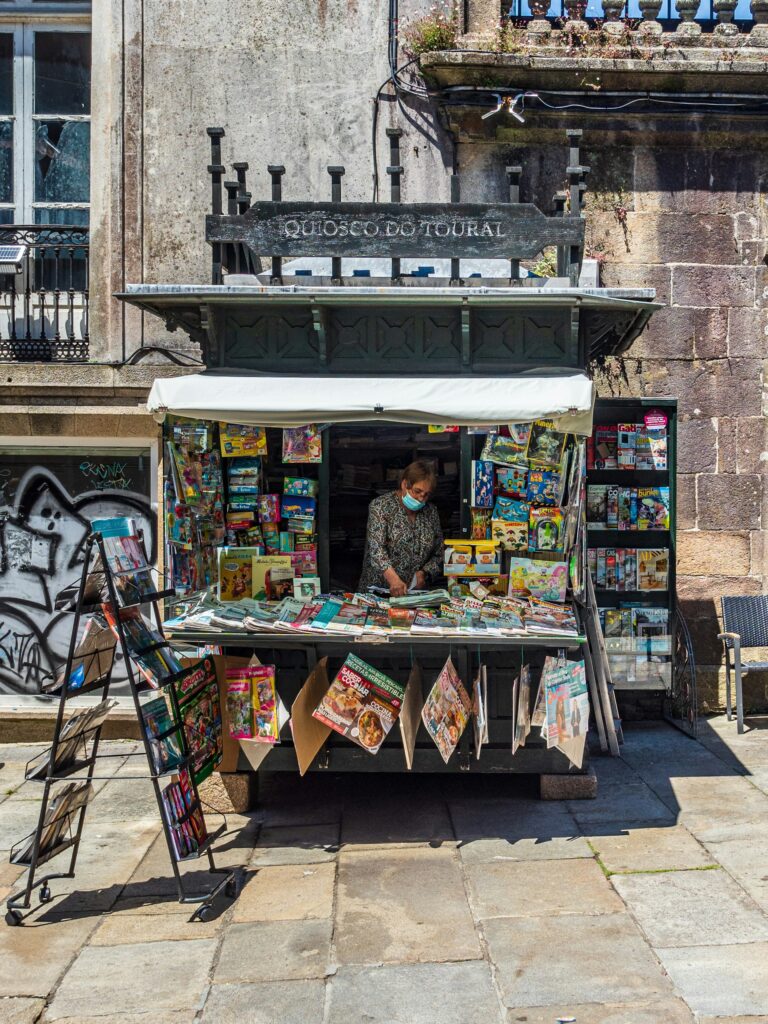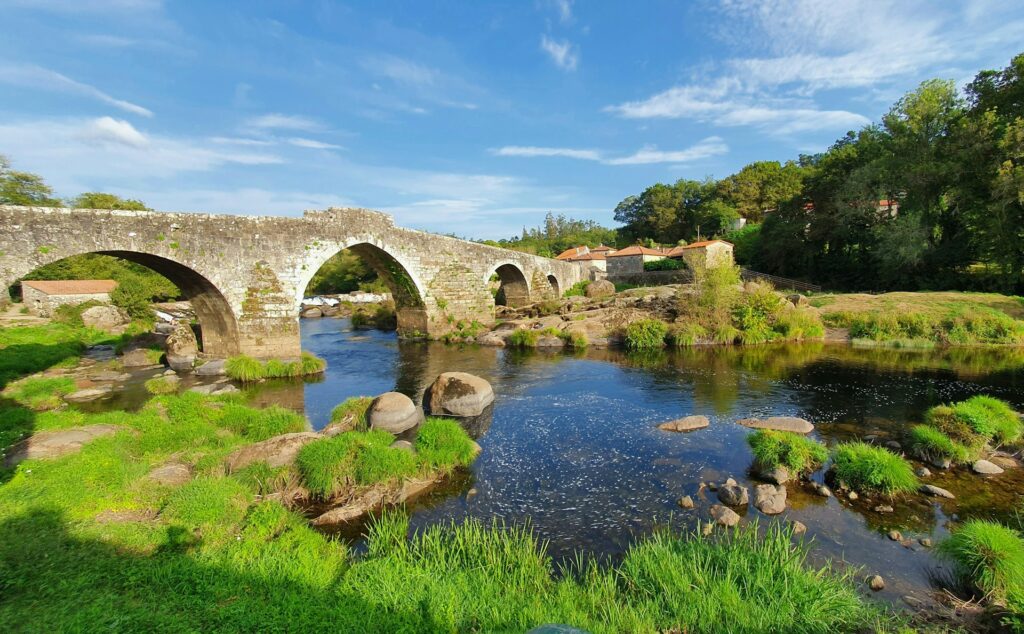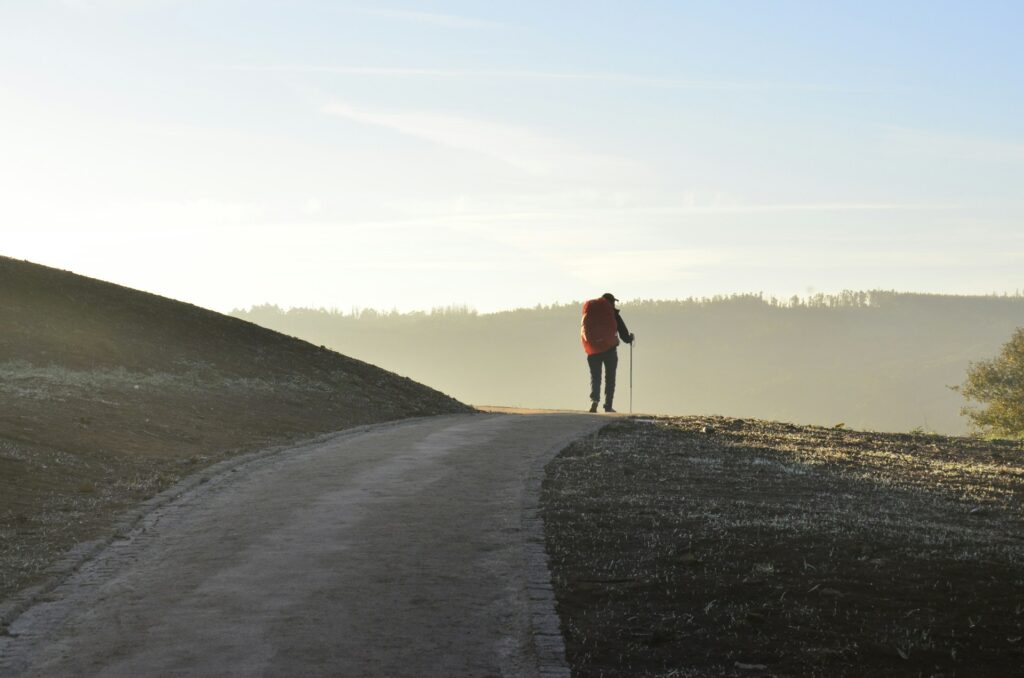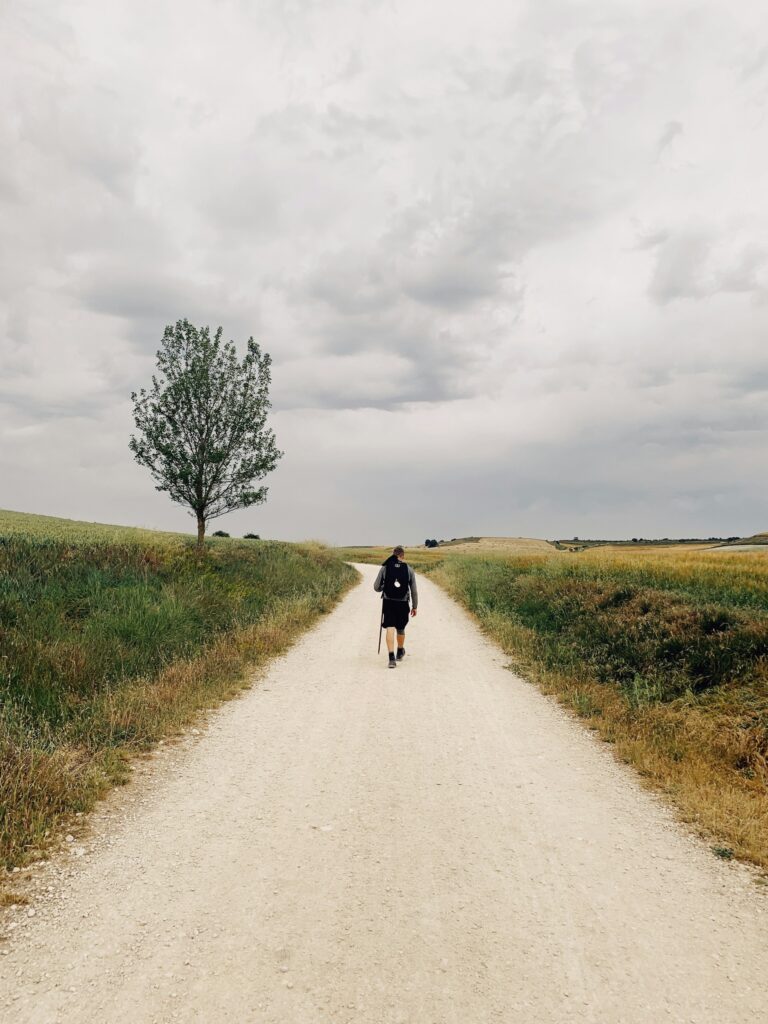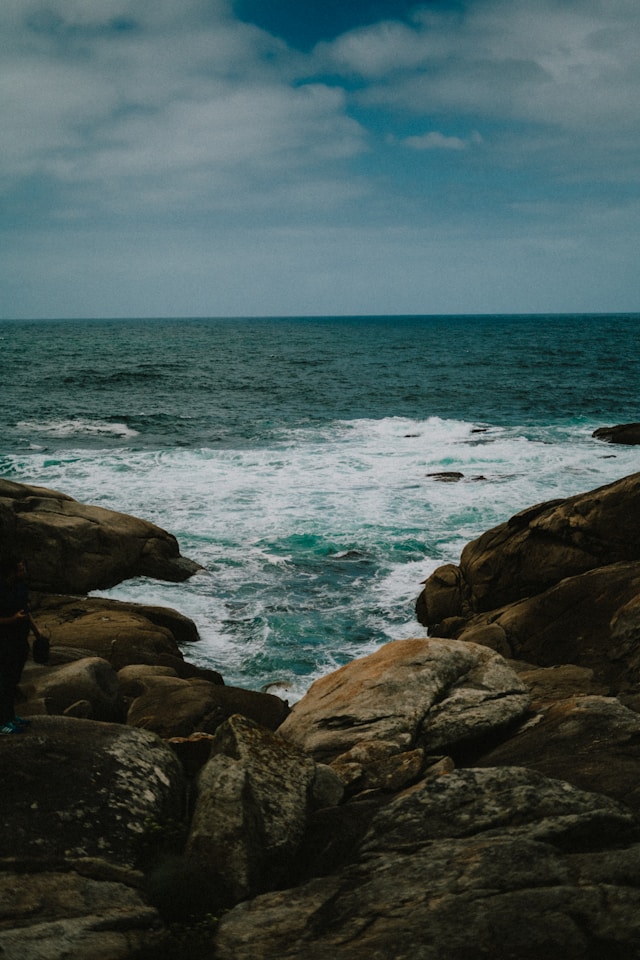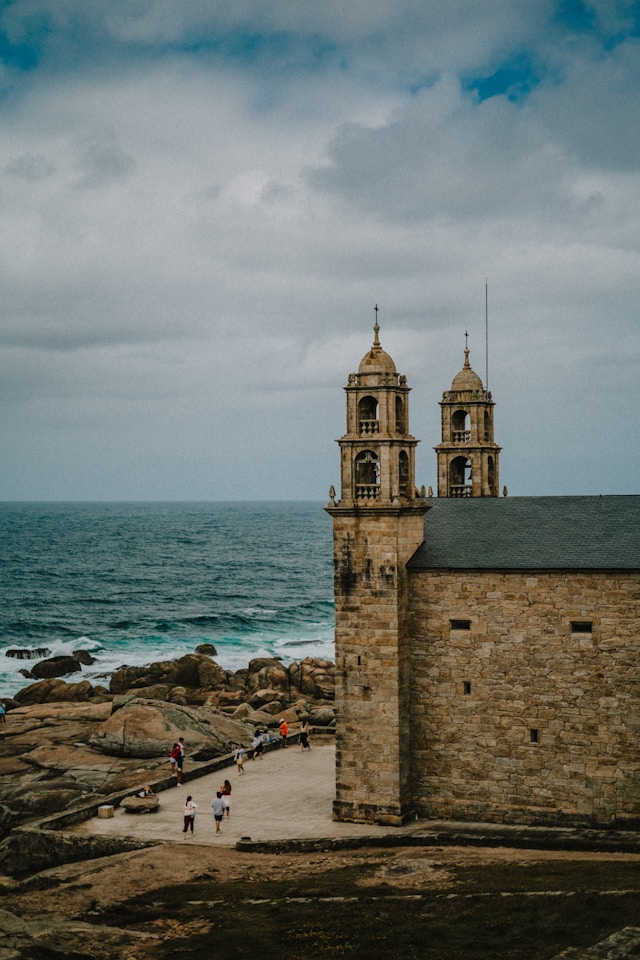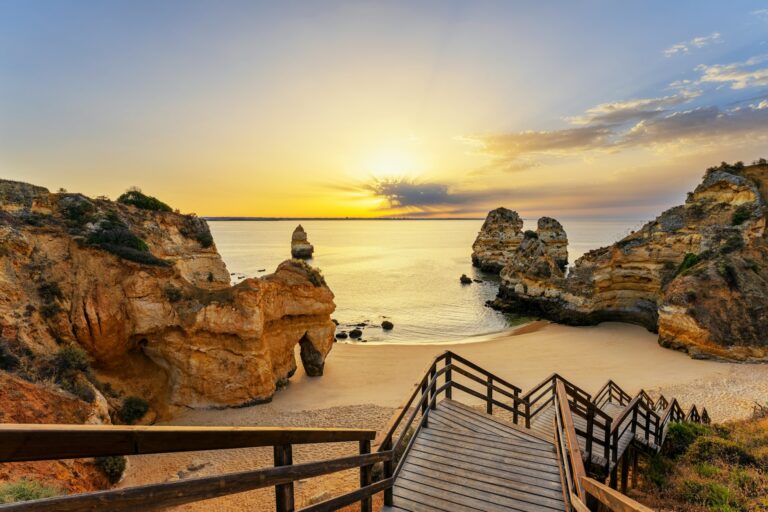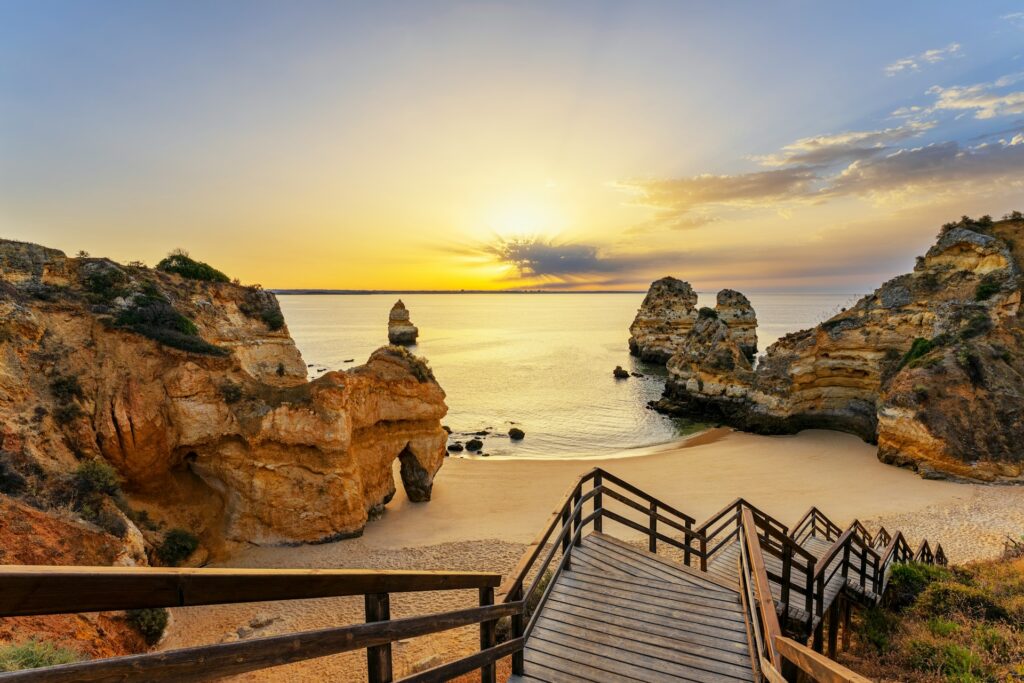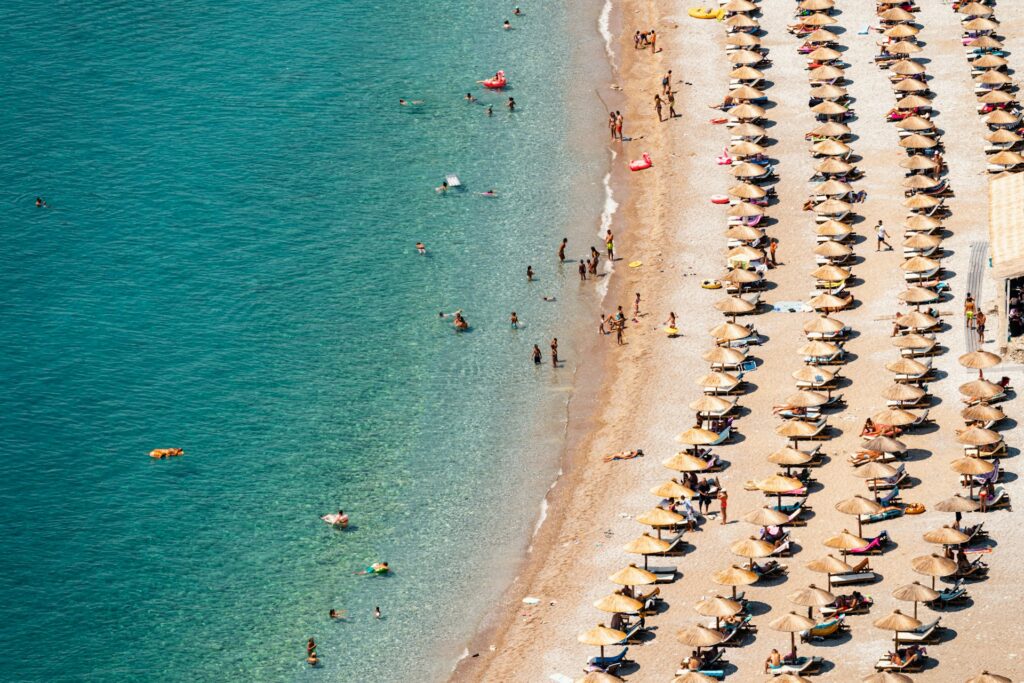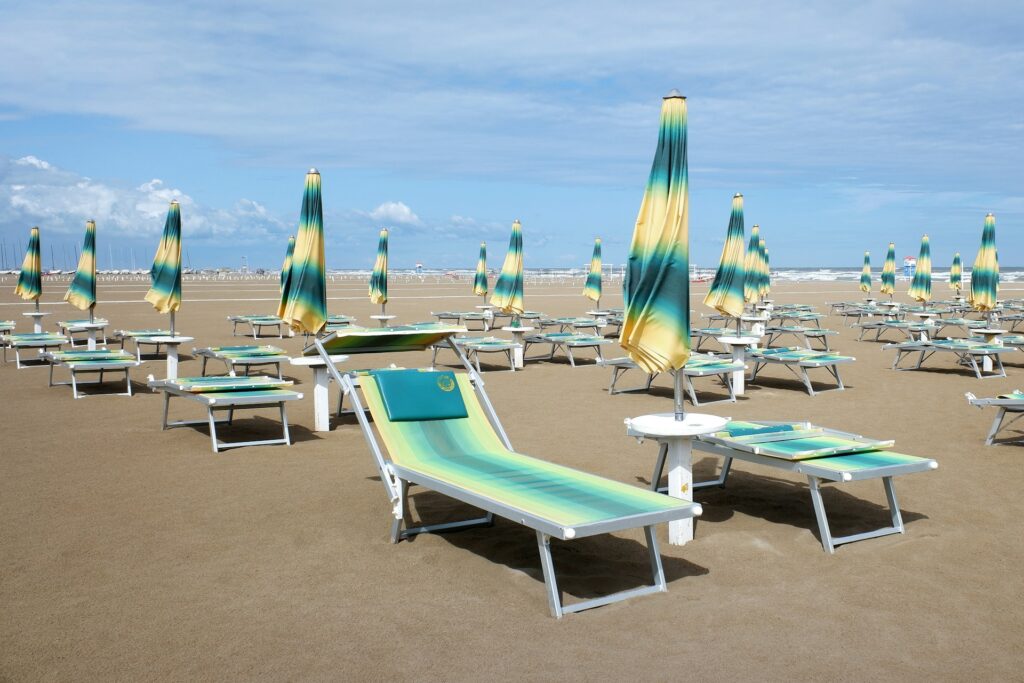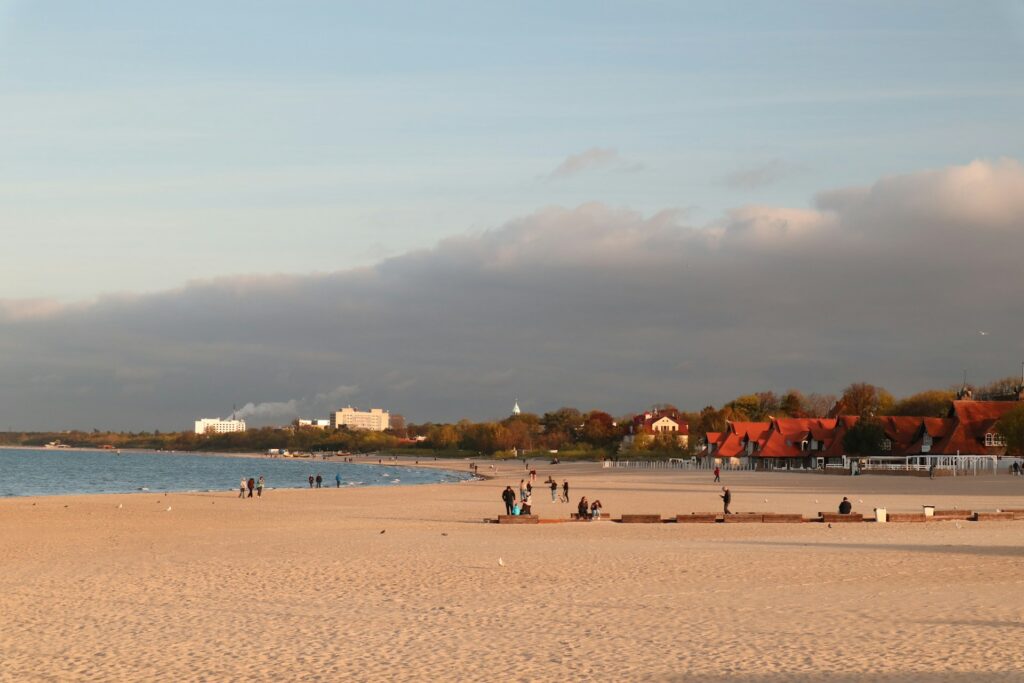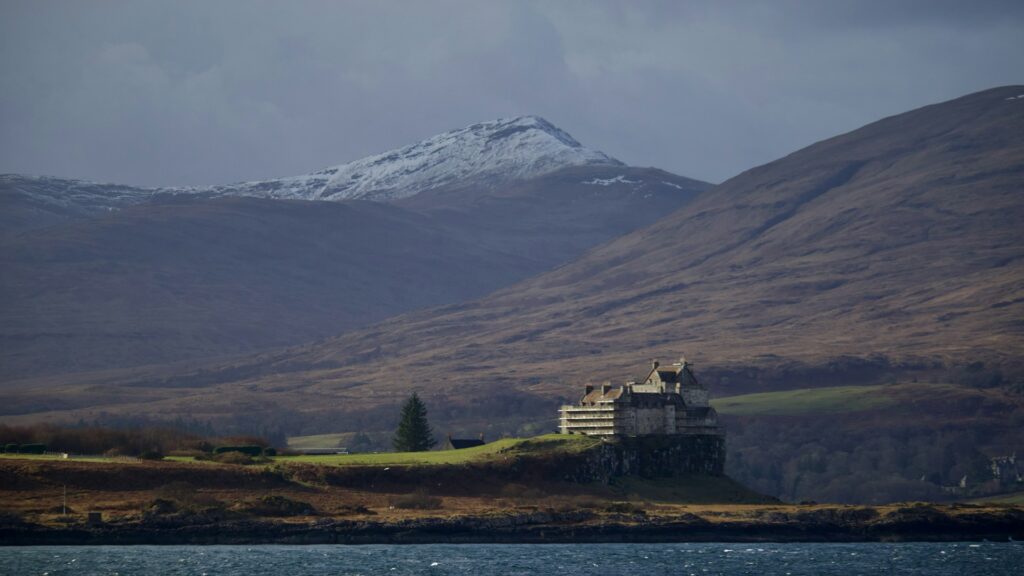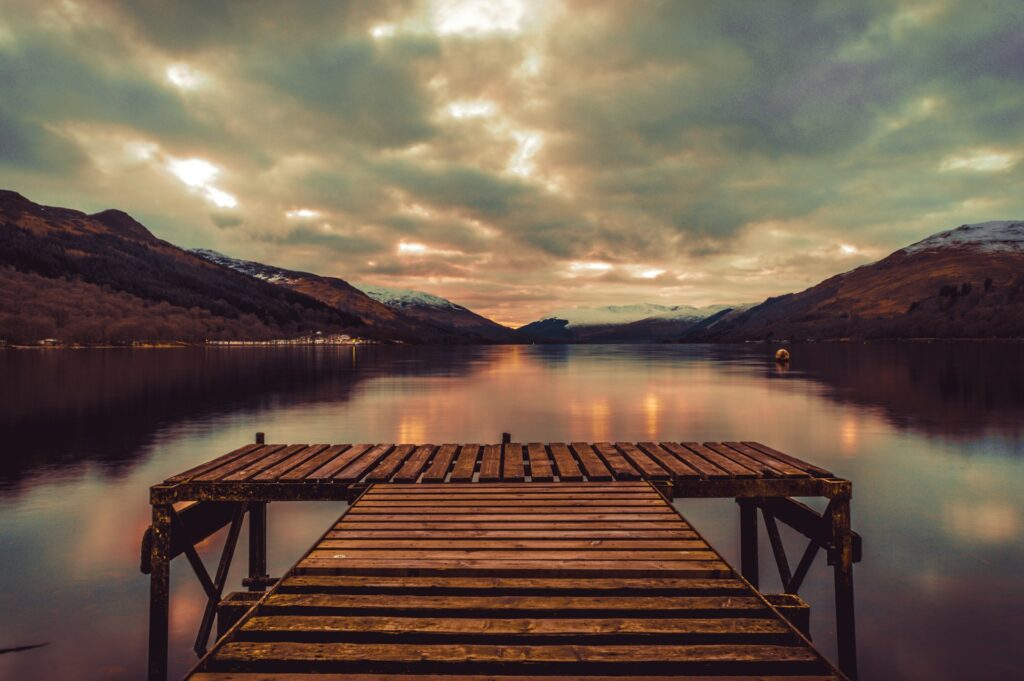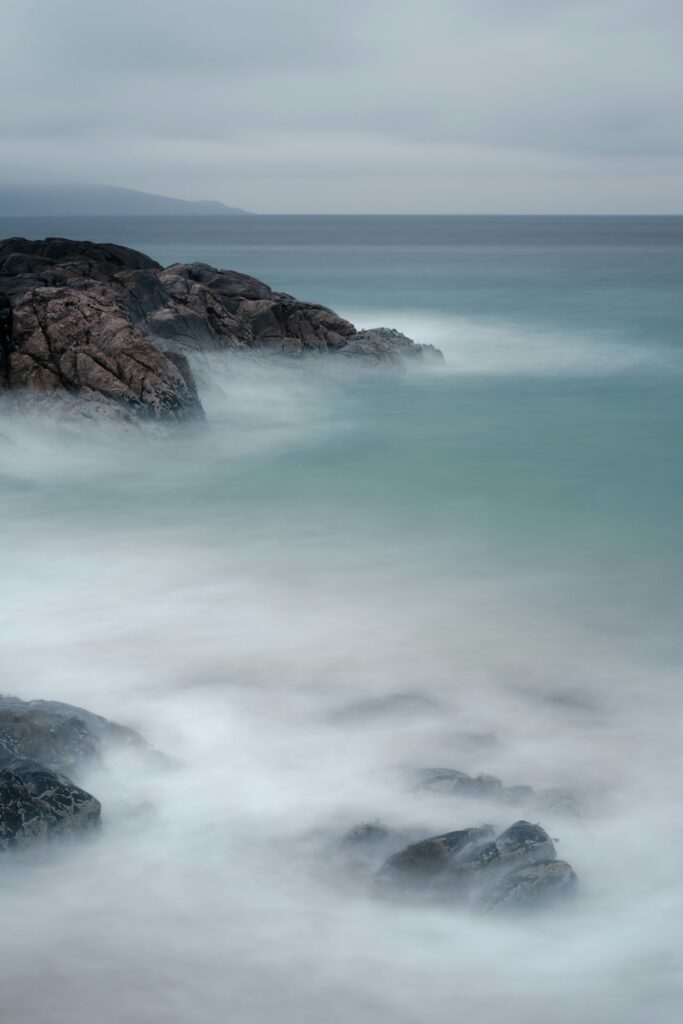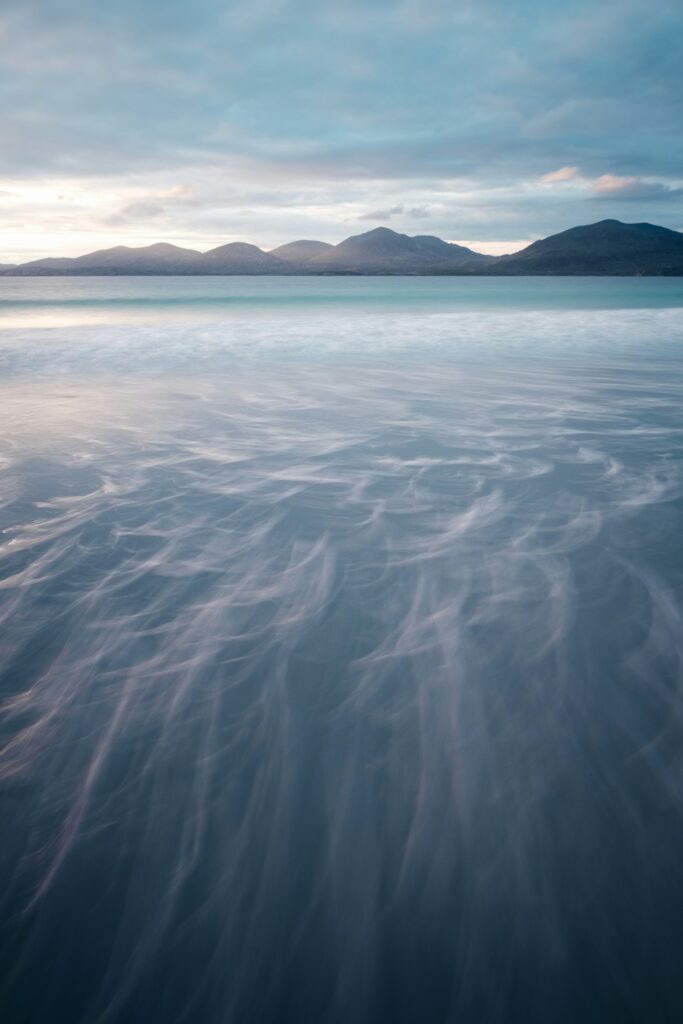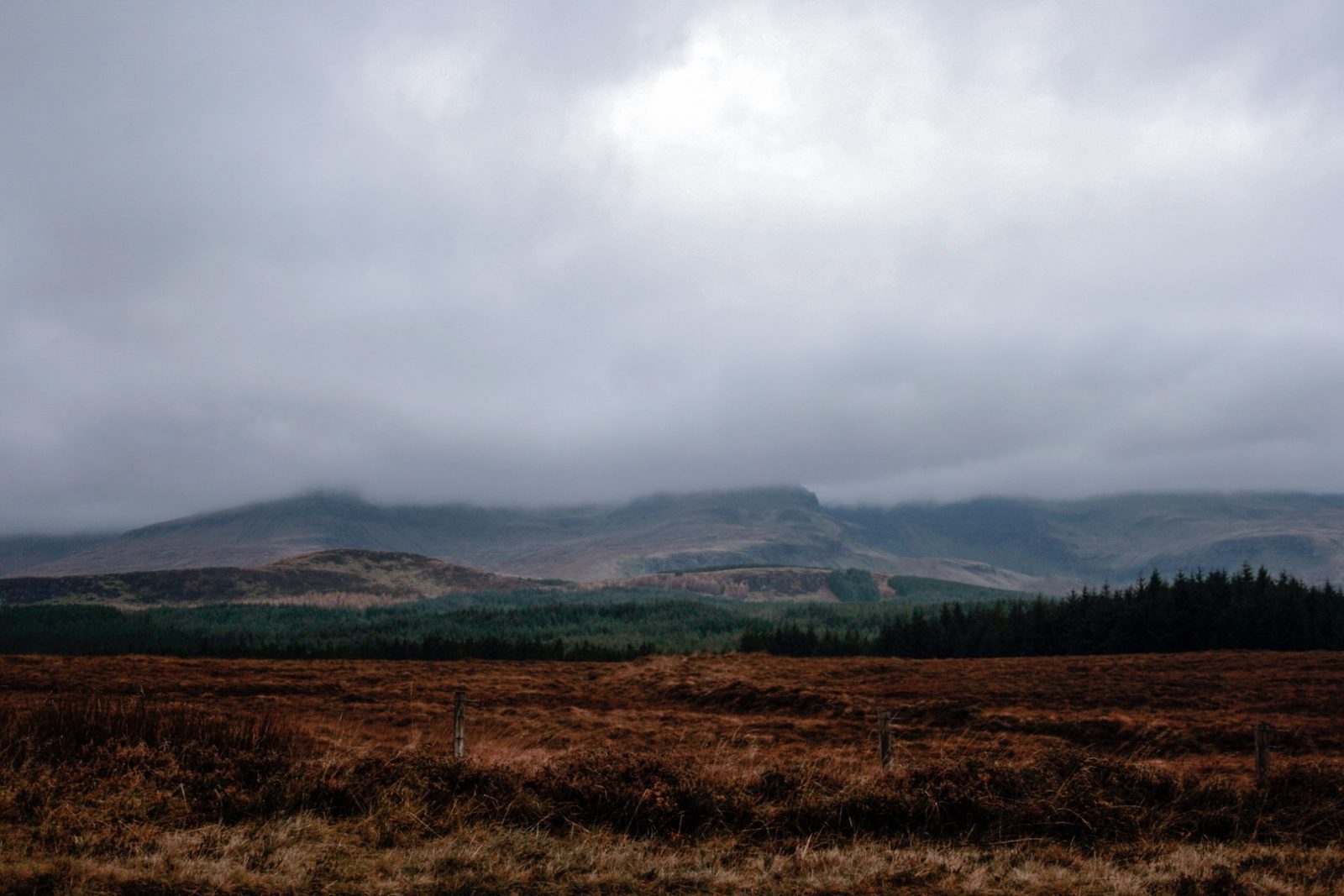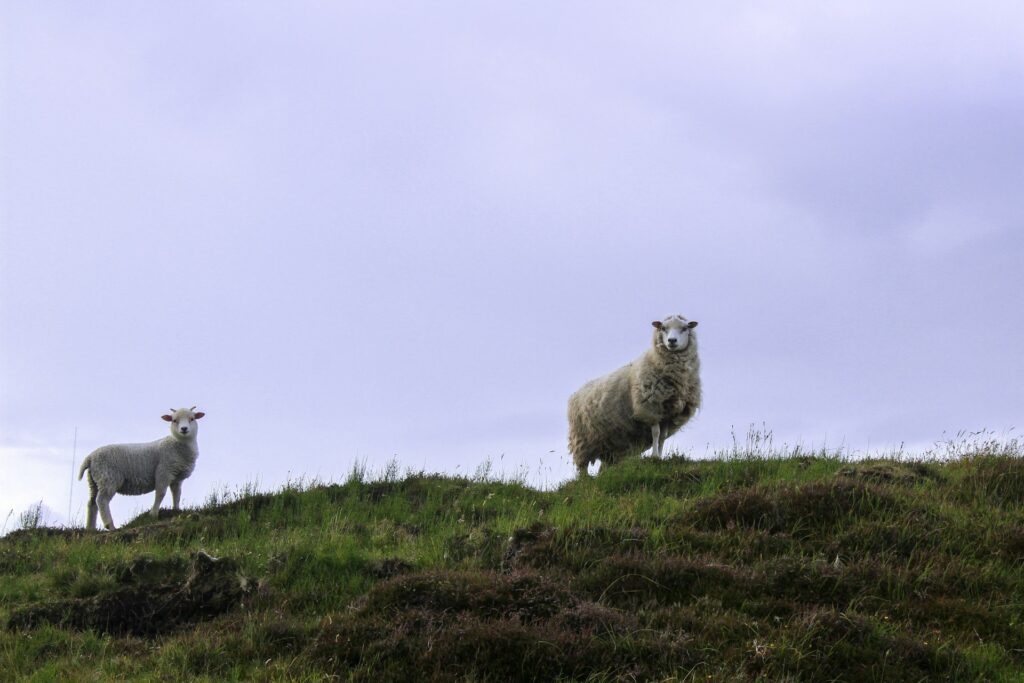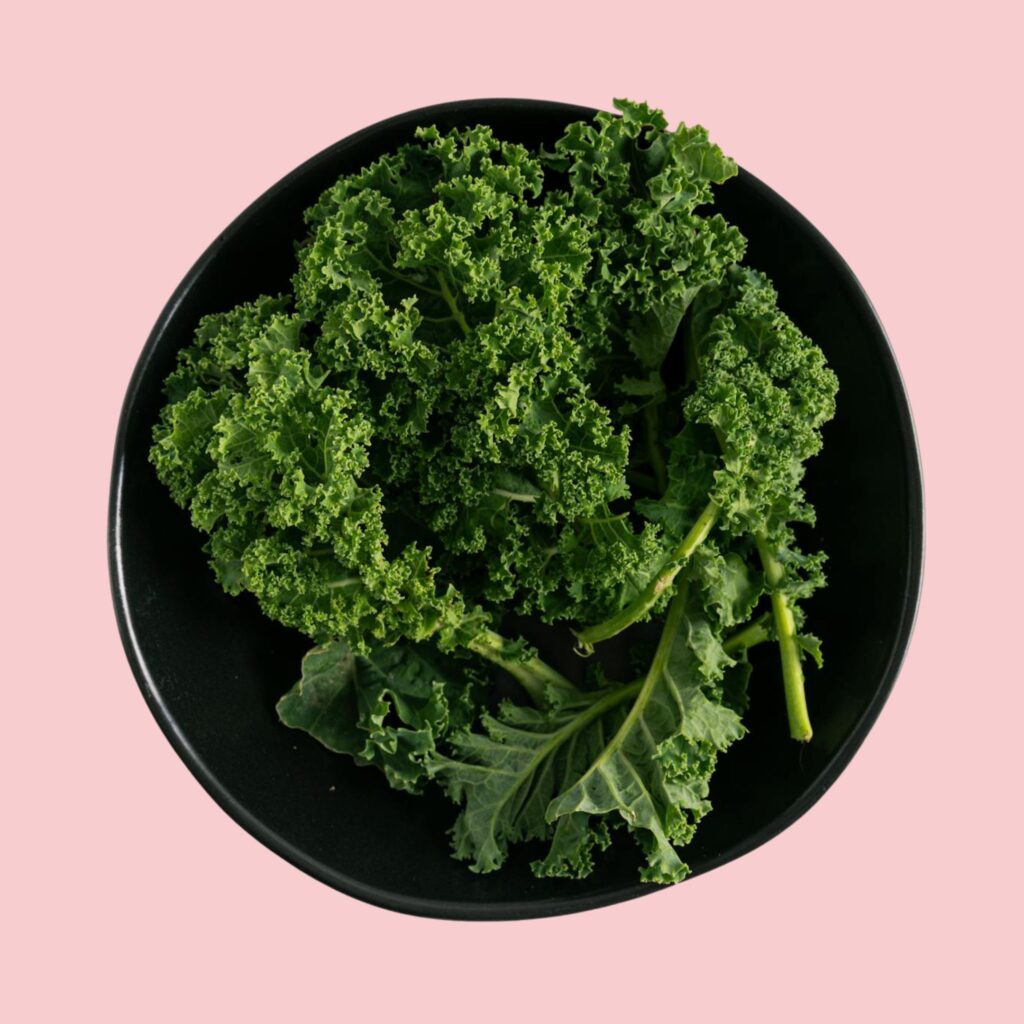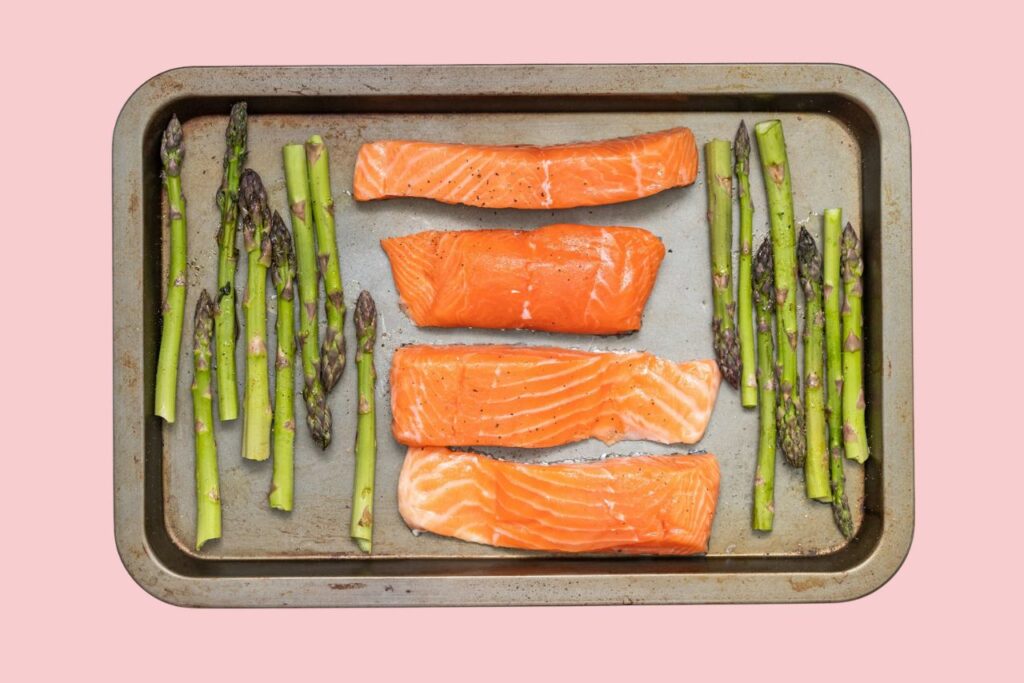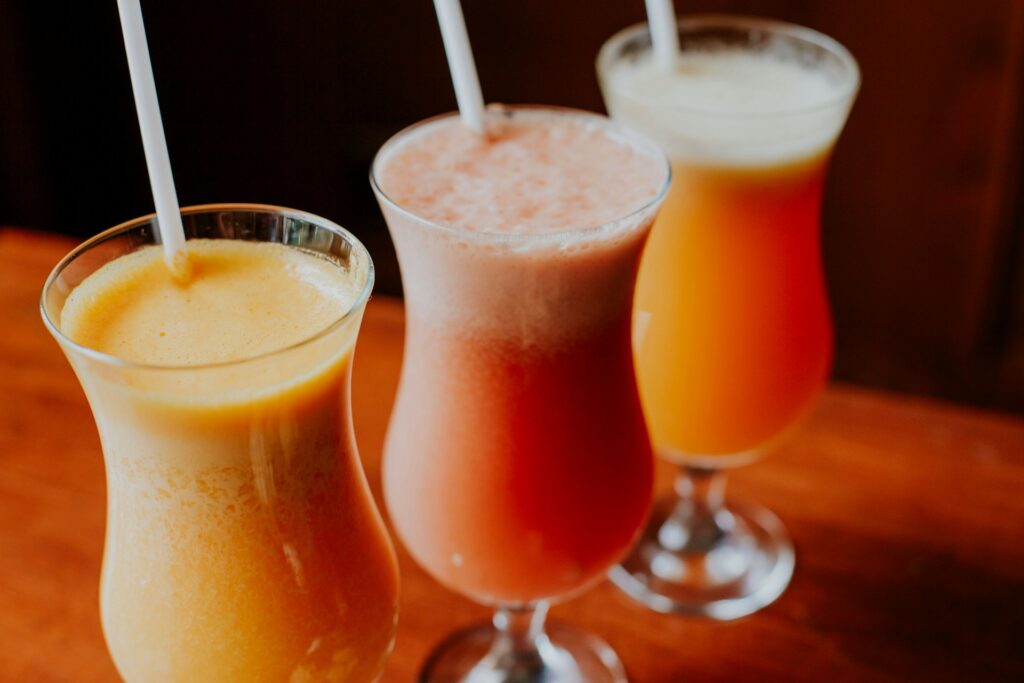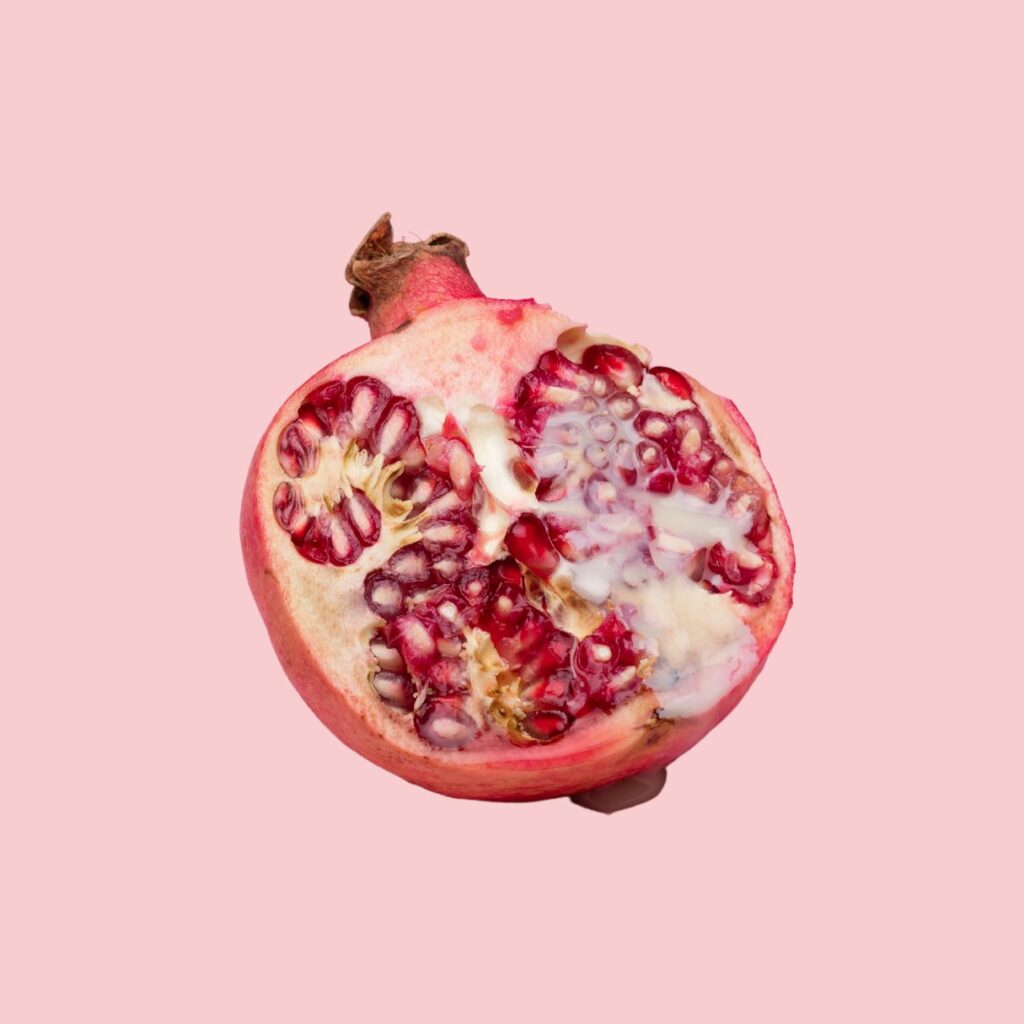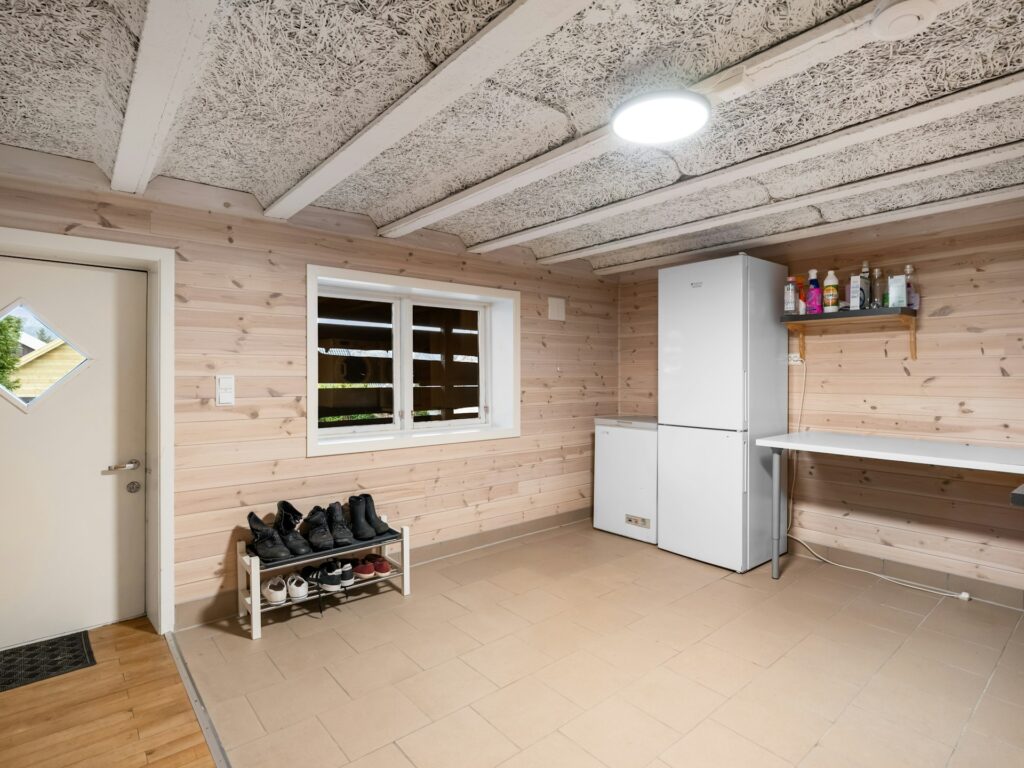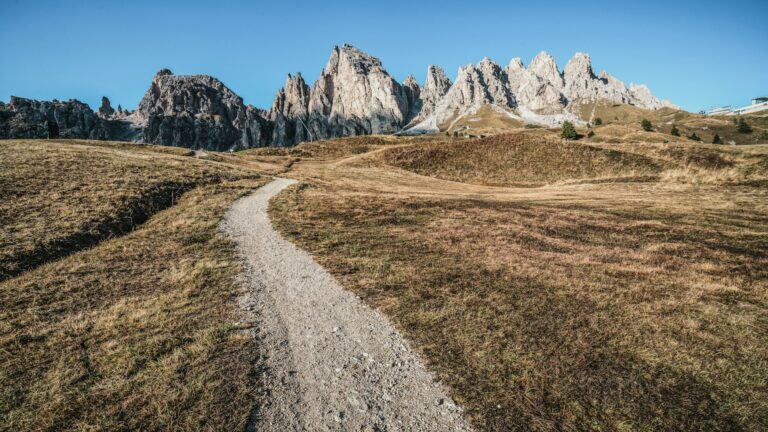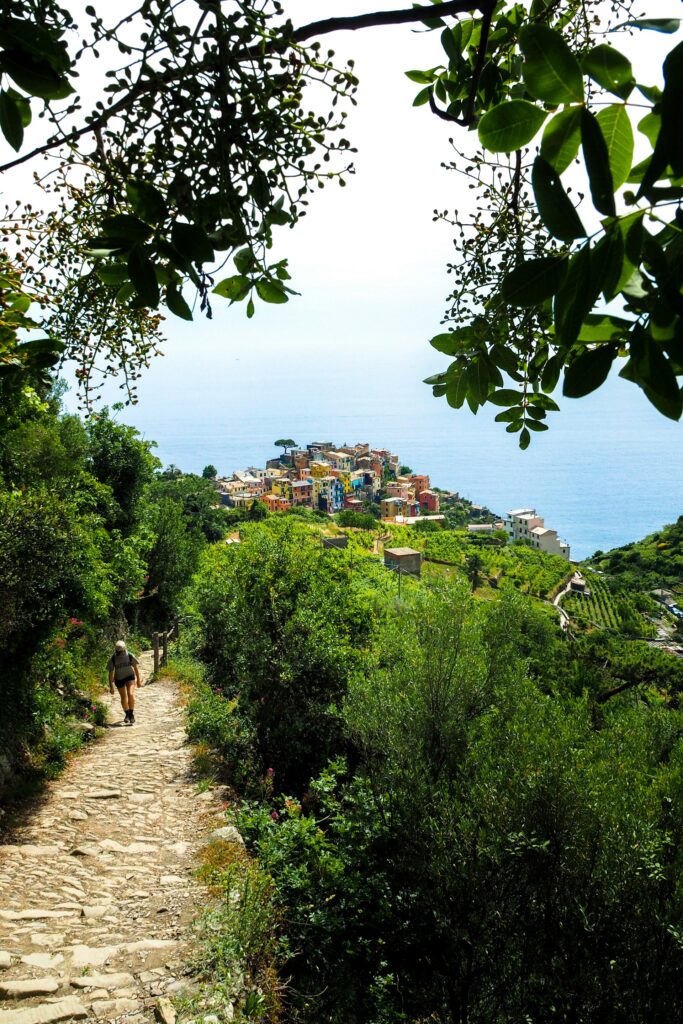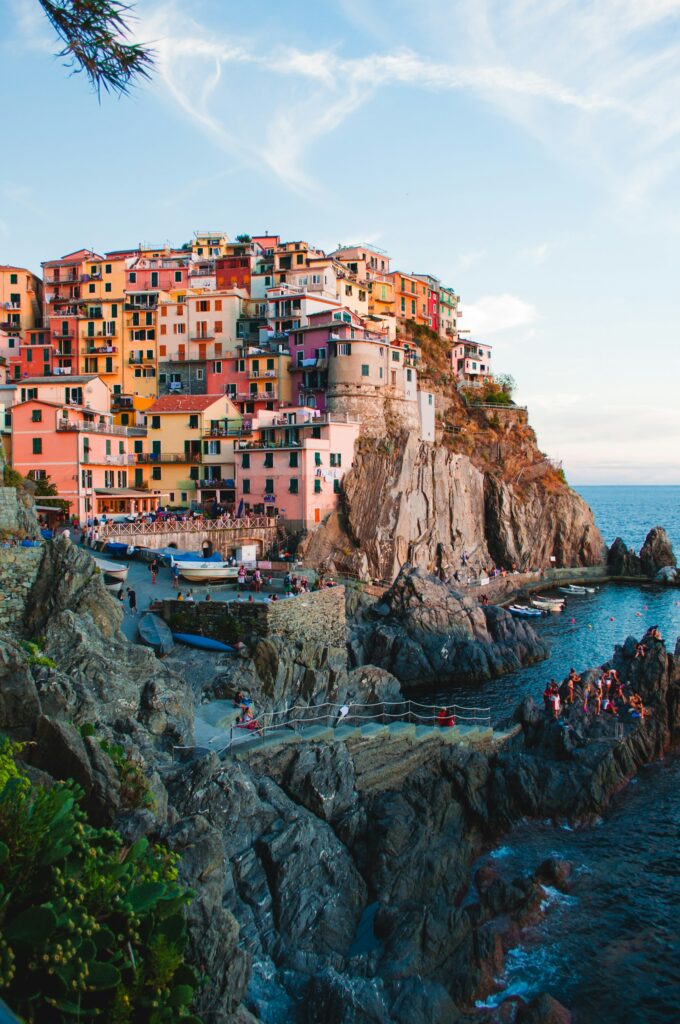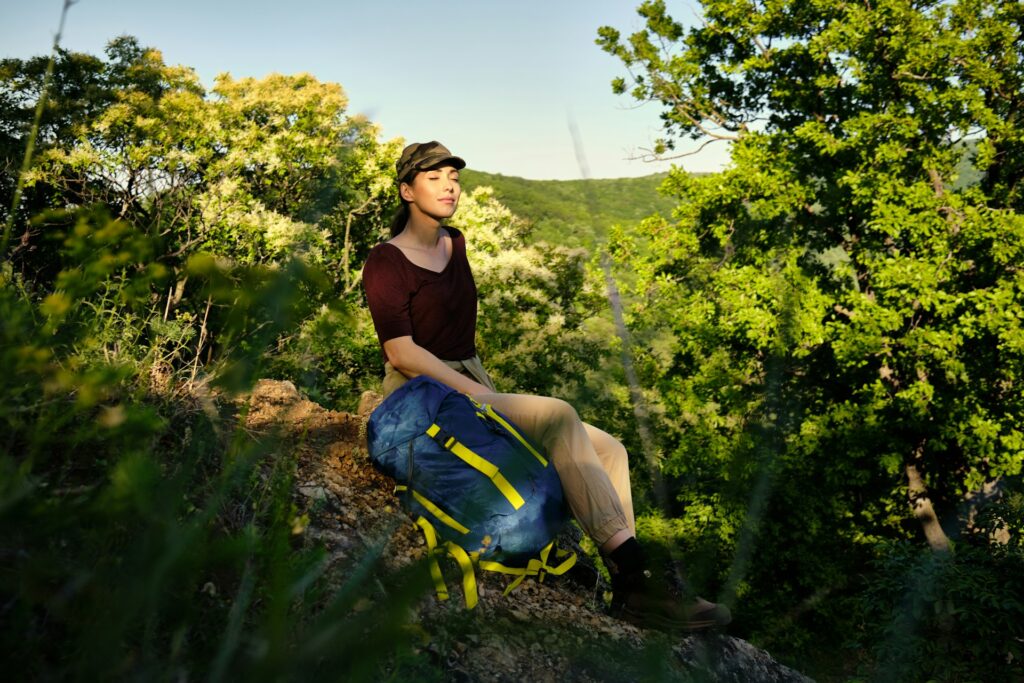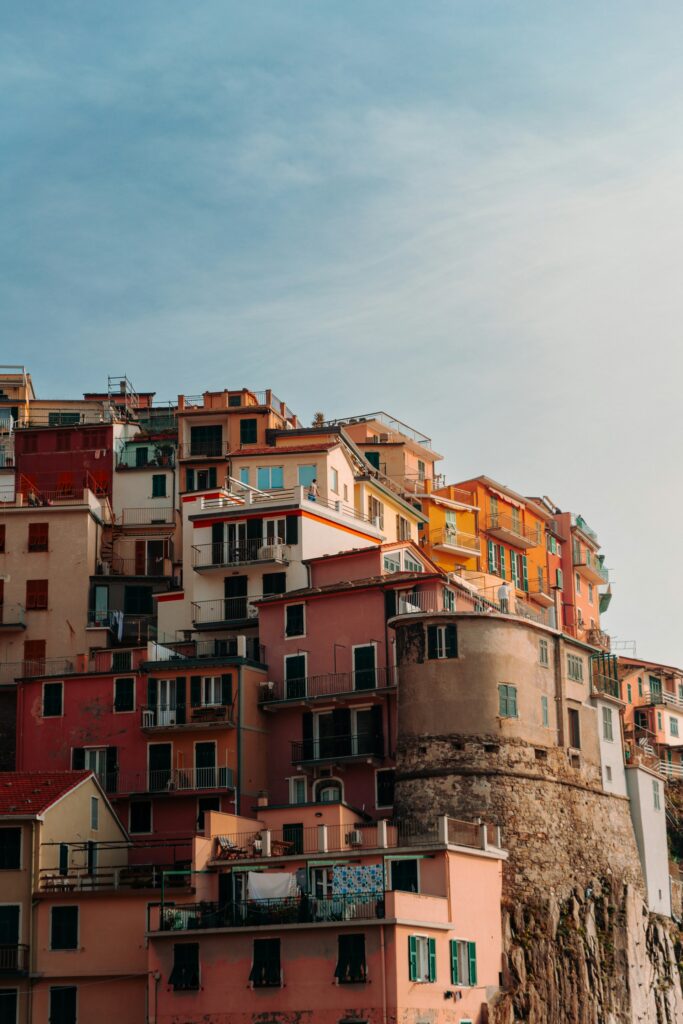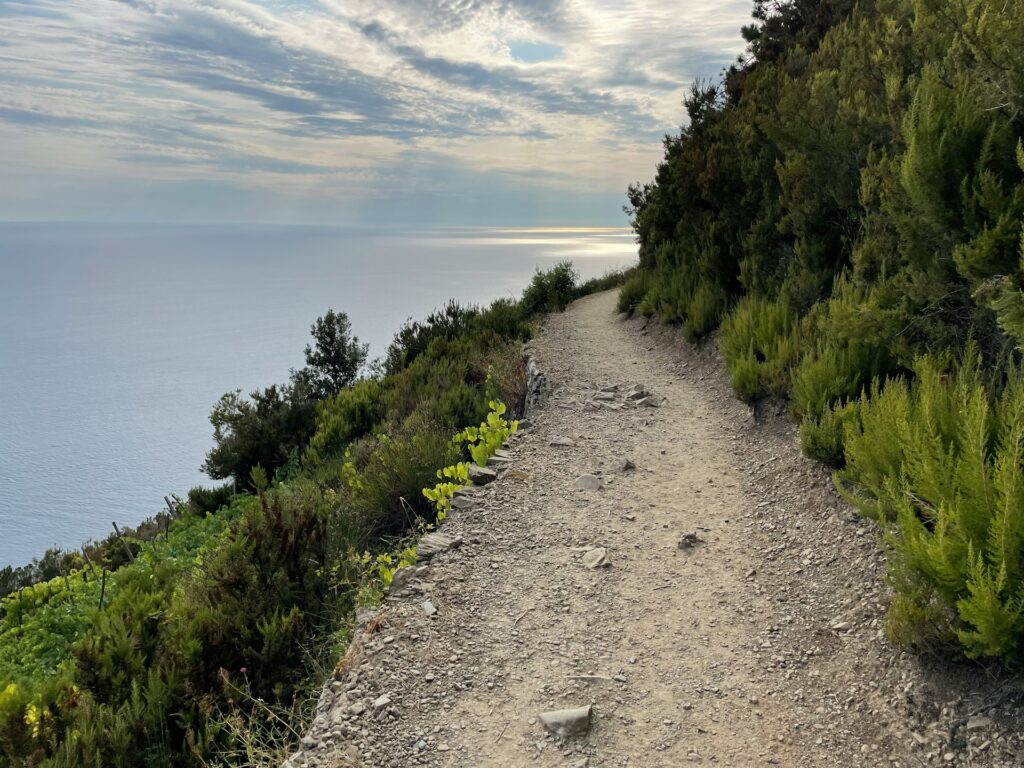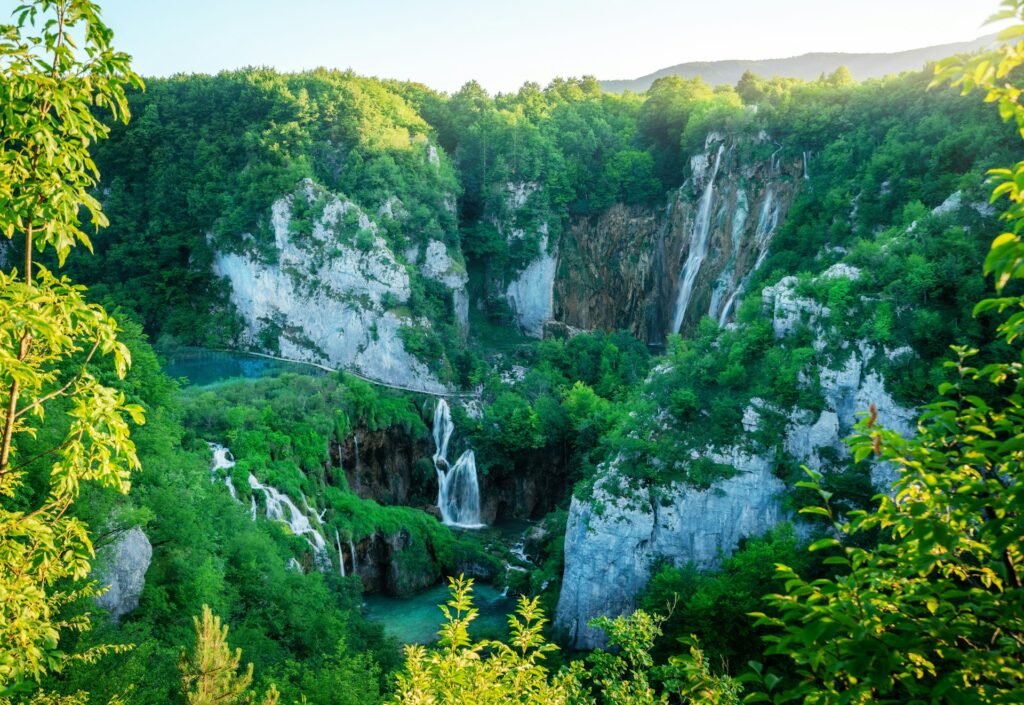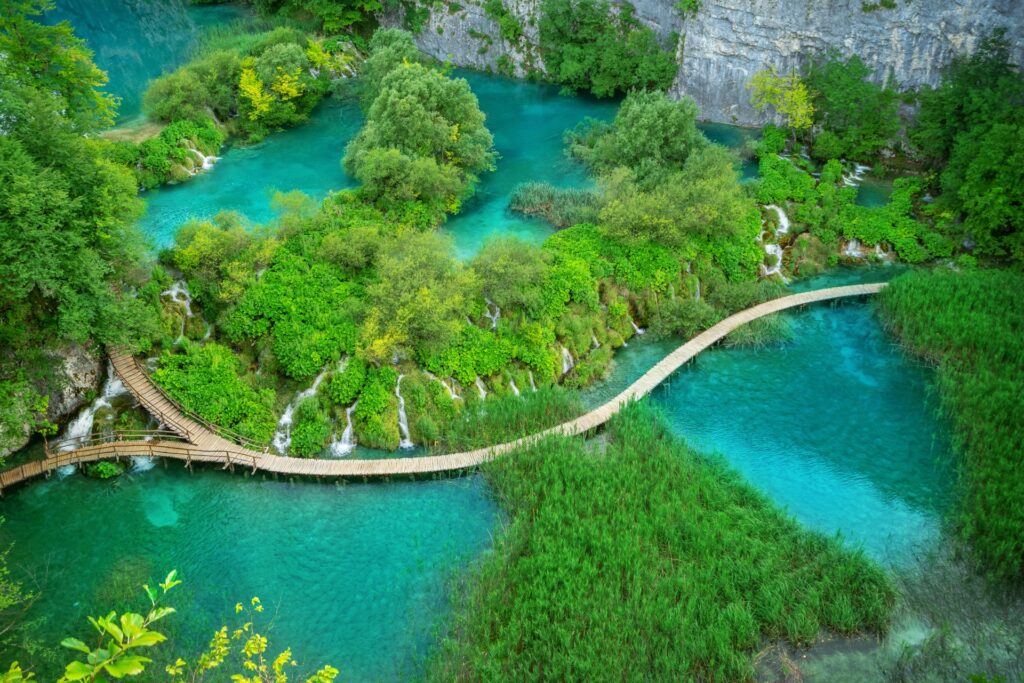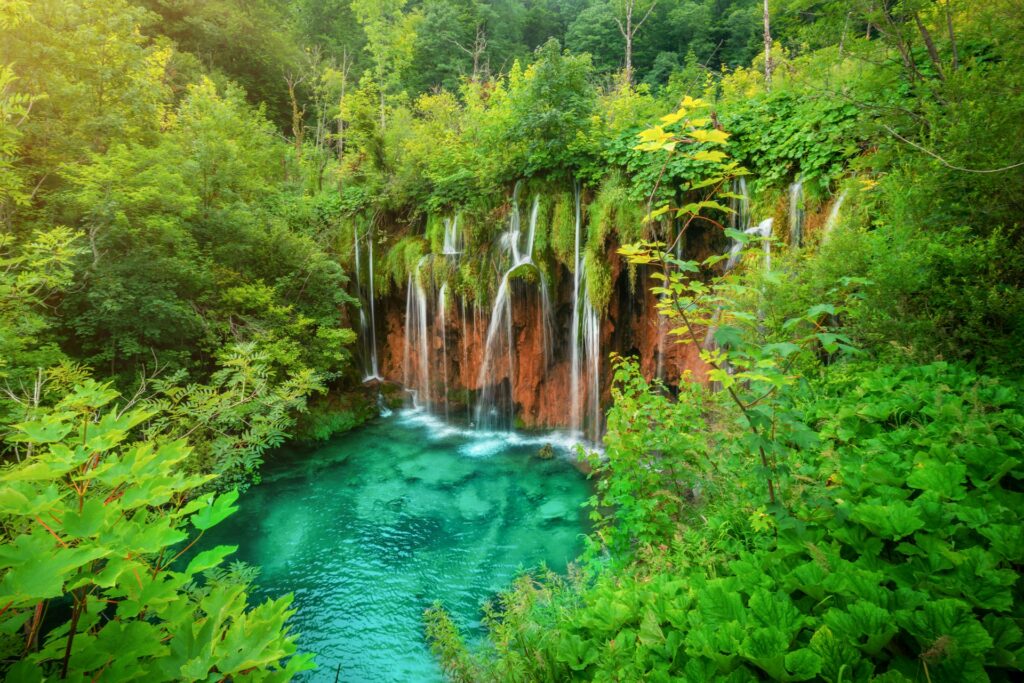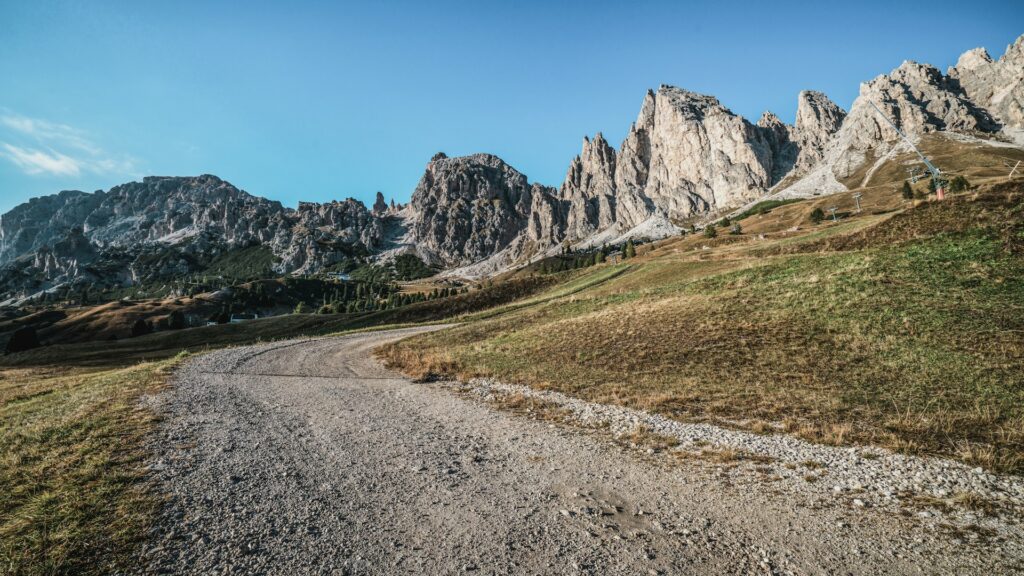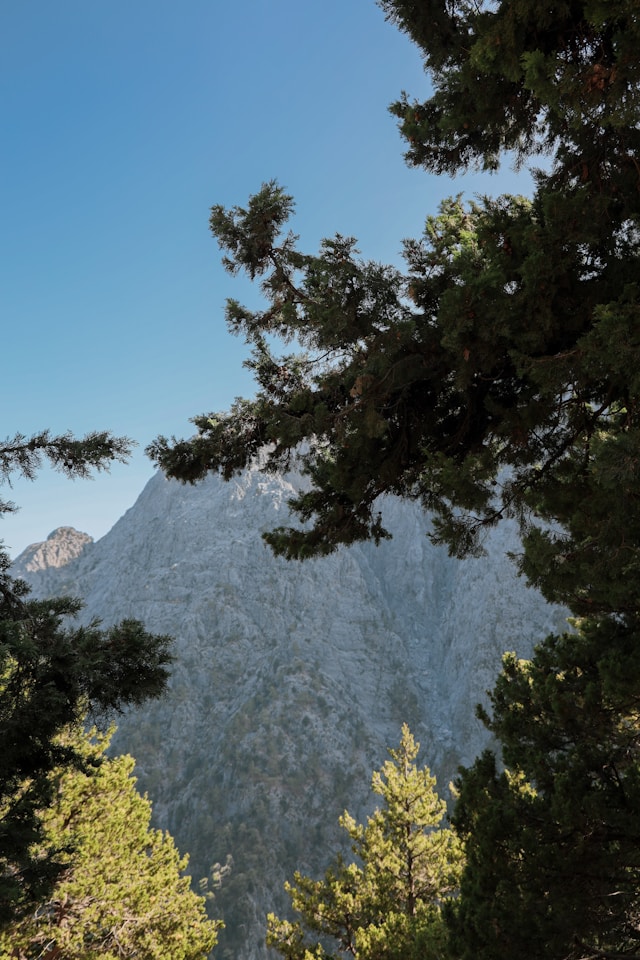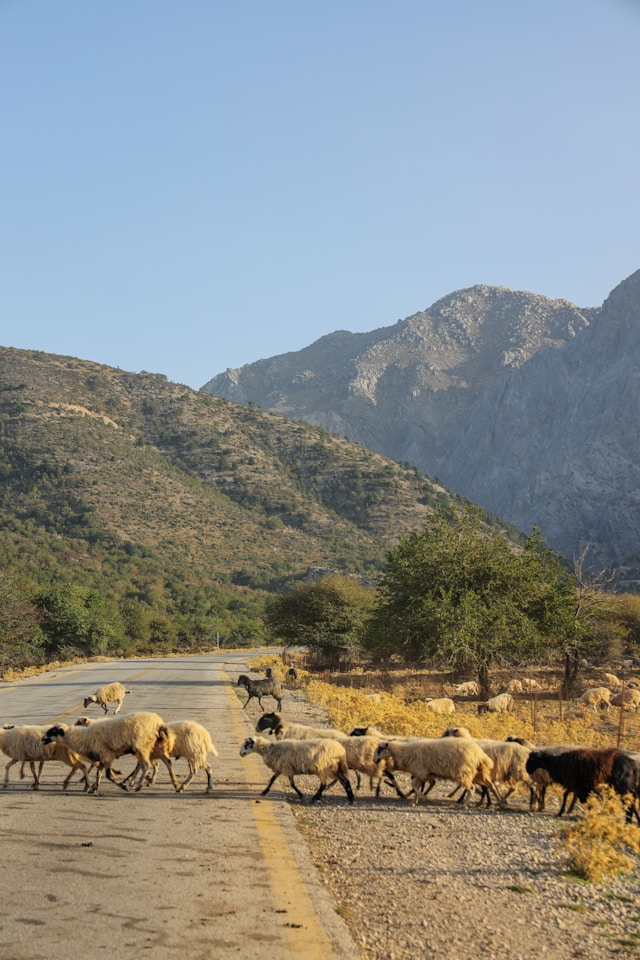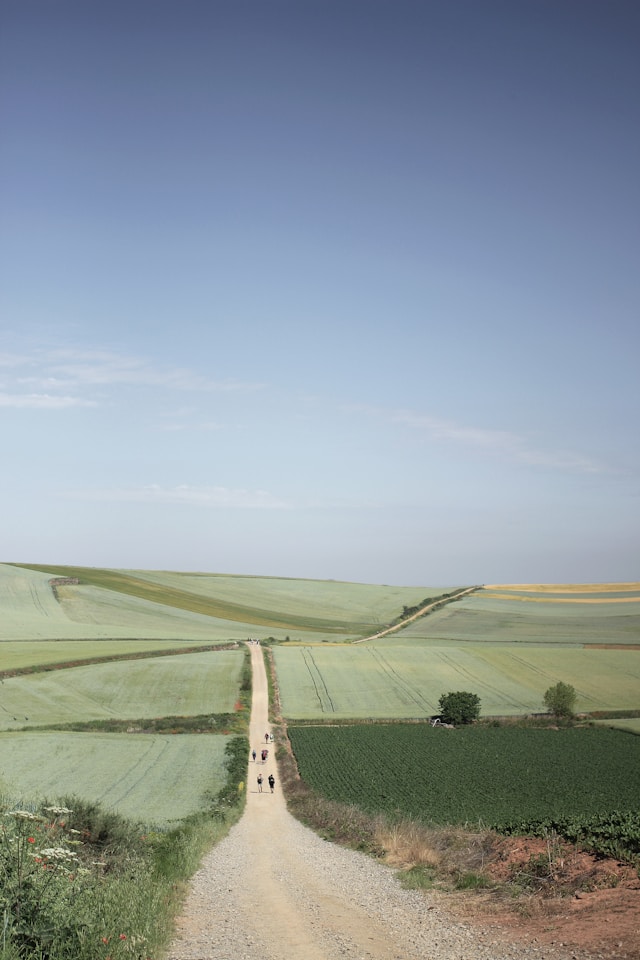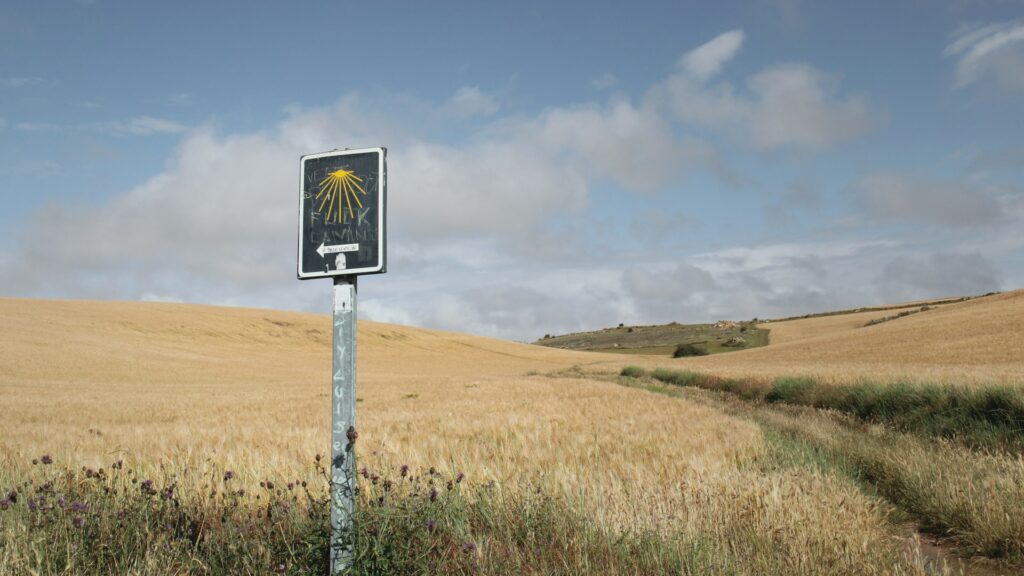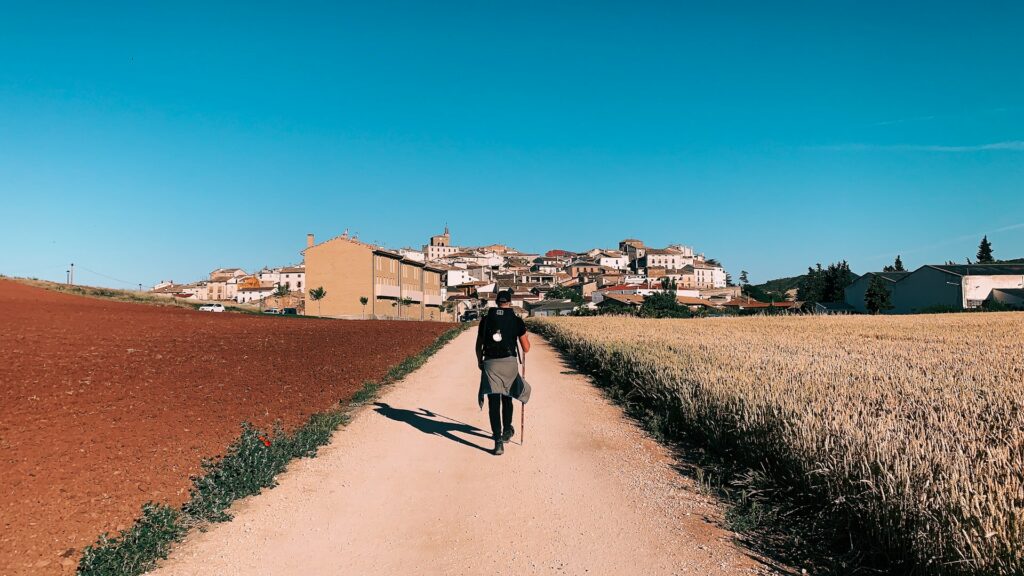It’s official (or, rather, the BBC recently declared it so it must be true); bush craft is booming again. And honestly, in times of global turmoil, increasing staying alive costs and digital omnipresence, should we be surprised that a certain desire to roam with wild cats, sleep in a bear trap, wear leaves instead of boxers and drink our own – processed – urine is stronger than ever?
Indeed, in an age where technology dominates our lives, the allure of the wild is calling ever louder to those yearning for a deeper connection with nature. Bush craft holidays offer an unparalleled opportunity to immerse yourself in the raw beauty of the wilderness, learning survival skills (that might well come in handy when the world truly goes south soon) and experiencing the untamed world in its purest form.
When discussing untamed, unparalleled hinterlands, only the best will do. With that in mind, here are some of the most extraordinary destinations for a bushcraft holiday, each offering unique landscapes and challenges.
Rothiemurchus Forest, The Cairngorms, Scotland
Nestled in the heart of the Scottish Highlands, the Cairngorms National Park is a haven for bush craft enthusiasts. Rothiemurchus Forest, with its ancient Caledonian pinewoods, offers a prime location for a bush craft adventure. Here, you can learn traditional skills such as fire lighting, shelter building, and foraging, all while surrounded by the stunning backdrop of rugged mountains and serene lochs.
The forest is also home to a variety of wildlife, including the UK’s only free-ranging reindeer herb, red squirrels, pine martens, and capercaillies, providing ample opportunities for wildlife tracking. The changing seasons bring different challenges and learning experiences, making it a year-round destination for bush craft.

Activities
- Fire Lighting: Master the art of creating fire using traditional methods like flint and steel or bow drill.
- Shelter Building: Construct shelters using natural materials found in the forest.
- Foraging: Discover edible plants and fungi, and learn how to prepare them safely.
Best Time To Visit
The best time to visit Rothiemurchus Forest is from late spring to early autumn (May to September). During this period, the weather is milder, and the forest is lush and vibrant, making it ideal for foraging and wildlife tracking. Winter visits can also be rewarding for those interested in cold-weather survival skills.
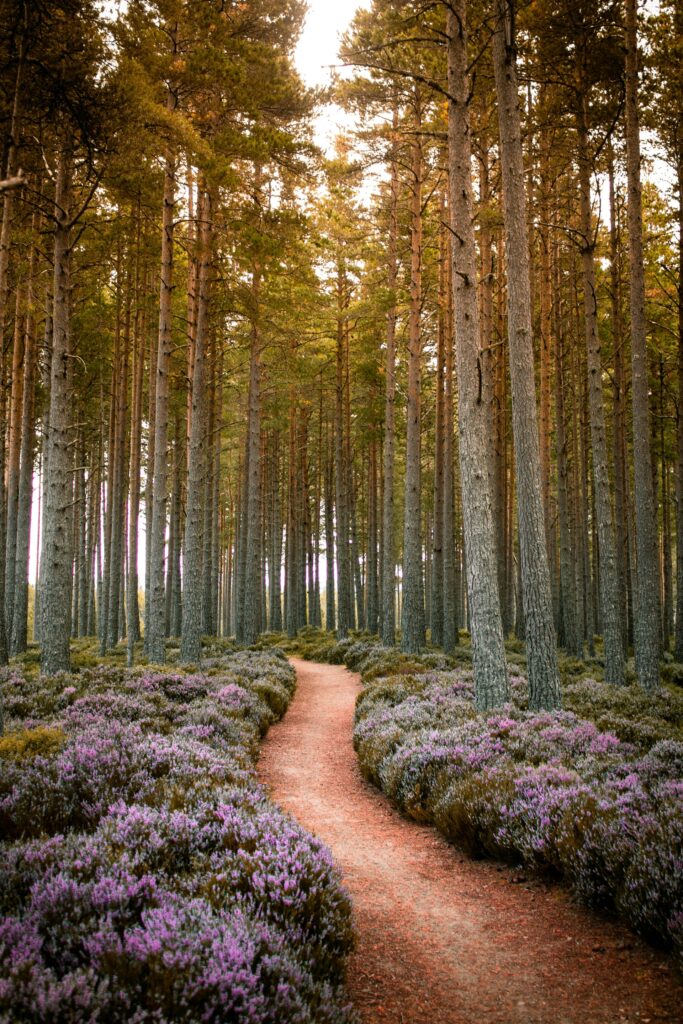

Lemmenjoki National Park, Lapland, Finland
For those seeking a truly remote experience, Lemmenjoki National Park in Finnish Lapland is an ideal destination. This vast wilderness, characterised by dense forests, pristine rivers, and rolling fells, offers a perfect setting for honing your bushcraft skills. The park is also home to the indigenous Sámi people, providing a unique cultural dimension to your adventure.
The long summer days and the magical Northern Lights in winter add to the park’s enchanting atmosphere. Whether you’re navigating through snow-covered landscapes or exploring the midnight sun, Lemmenjoki offers a diverse and immersive bush craft experience.
Activities
- Winter Survival: Learn how to build snow shelters and stay warm in sub-zero temperatures.
- Fishing and Trapping: Try your hand at traditional fishing techniques and setting traps for small game.
- Navigation: Develop your skills in navigating through dense forests and across open tundra, often on skis.
Best Time To Visit
The best time to visit Lemmenjoki National Park depends on your bush craft interests. For winter survival skills and the Northern Lights, visit between December and March. For milder weather and the midnight sun, plan your trip between June and August.
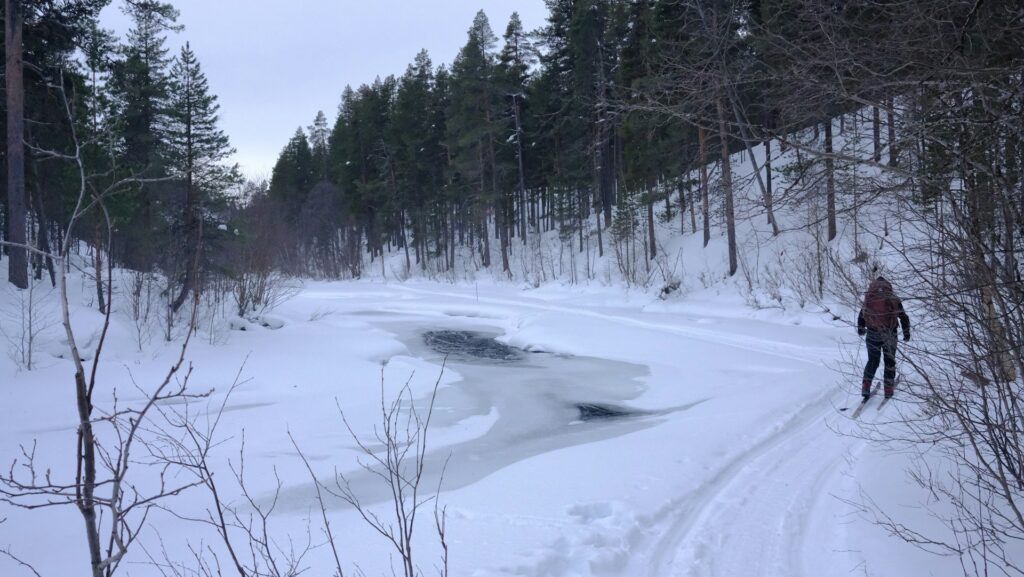
Vava’u Islands, Tonga
The Vava’u Islands in Tonga offer a unique and captivating destination for bush craft holidays. This archipelago, known for its stunning coral reefs, lush tropical forests, and crystal-clear waters, provides an idyllic setting for those looking to immerse themselves in nature and learn essential survival skills. The islands’ remote location and unspoiled beauty make it a perfect spot for a truly off-the-grid experience.
Activities
- Shelter Building: Learn how to construct shelters using palm leaves, bamboo, and other natural materials found on the islands.
- Fishing and Foraging: Discover traditional Polynesian fishing techniques and forage for tropical fruits and edible plants.
- Fire Lighting: Master the art of fire lighting using natural resources like coconut husks and driftwood.
- Navigation: Develop your skills in navigating the islands’ dense forests and coastal areas using natural landmarks and traditional methods.
- Cultural Insights: Engage with the local Tongan community to learn about their traditional survival techniques and rich cultural heritage.
Best Time To Visit
The best time to visit the Vava’u Islands is during the dry season, from May to October. During this period, the weather is more stable, with less rainfall and cooler temperatures, making it ideal for outdoor activities and bushcraft training. The dry season also coincides with the humpback whale migration, offering a unique opportunity to witness these majestic creatures in their natural habitat.
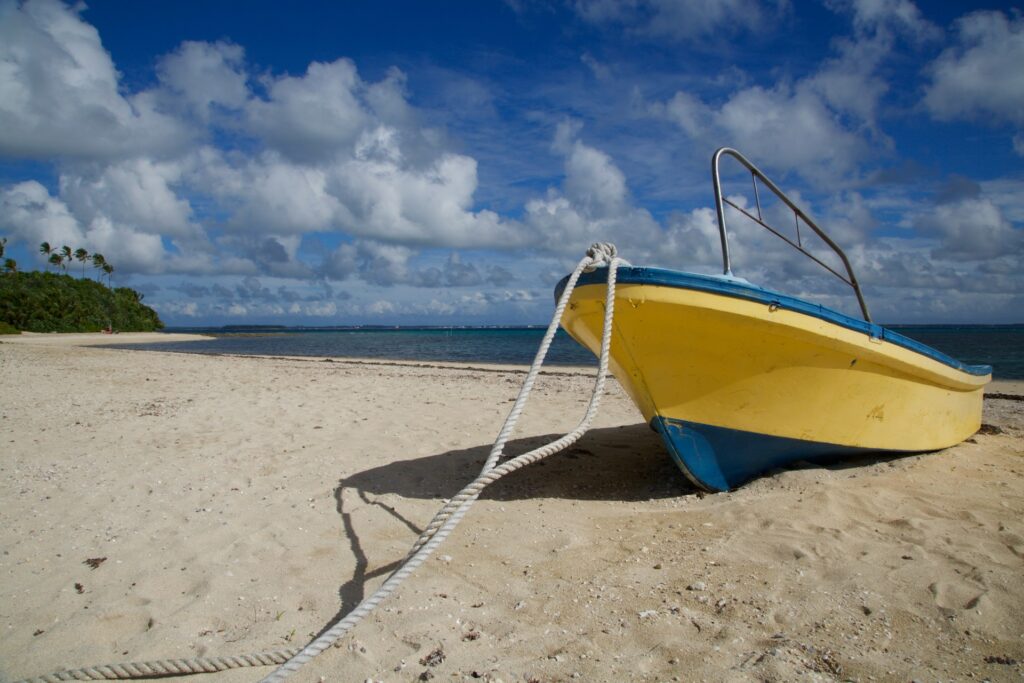
Tarkine Wilderness, Tasmania, Australia
The Tarkine, located in the north-west of Tasmania, is one of the last great temperate rainforests on Earth. This ancient landscape, with its towering trees, wild rivers, and rugged coastline, offers a unique approach to the bush craft experience.
The Tarkine is also rich in Aboriginal heritage, adding a profound historical context to your journey. The region’s isolation ensures a truly off-the-grid experience, where you can disconnect from modern life and reconnect with nature. The diverse ecosystems, from dense rainforests to windswept coastlines, provide a variety of environments to test and expand your bushcraft skills.
Activities
- Primitive Tool Making: Learn how to craft tools and weapons using natural materials.
- Wildlife Tracking: Hone your skills in tracking the diverse wildlife that inhabits the Tarkine, including the elusive Tasmanian devil.
- Coastal Survival: Explore the challenges of surviving along the rugged coastline, including fishing and foraging for shellfish.
Best Time To Visit
The best time to visit the Tarkine Wilderness is during the austral summer, from December to March. During these months, the weather is warmer and more stable, making it easier to explore the diverse landscapes and engage in bush craft activities.
Torres del Paine National Park, Patagonia, Chile
Patagonia’s Torres del Paine National Park is a land of dramatic landscapes, with its towering granite peaks, turquoise lakes, and sprawling glaciers. This remote and wild region offers a challenging yet rewarding bush craft experience. The park’s diverse ecosystems provide ample opportunities to learn and practise a wide range of survival skills.
The unpredictable weather and rugged terrain add an extra layer of challenge, making it a destination for those seeking a true test of their bush craft abilities. The park’s isolation also means you can experience a profound sense of solitude and connection with the natural world.
Activities
- Glacial Navigation: Learn how to traverse glaciers safely and use ice axes and crampons.
- Mountain Survival: Develop skills in high-altitude survival, including building windbreaks and sourcing water.
- Wild Edibles: Discover the unique flora of Patagonia and learn which plants are safe to eat.
Best Time To Visit
The best time to visit Torres del Paine National Park is during the southern hemisphere summer, from November to March. This period offers longer daylight hours and milder weather, making it ideal for outdoor activities and exploring the park’s diverse landscapes.
Read: 10 eco-tourism destinations predicted for 2024

The Mamirauá Sustainable Development Reserve, Amazon Rainforest, Brazil
The Amazon Rainforest is the epitome of wilderness, and the Mamirauá Sustainable Development Reserve offers an immersive bush craft experience in this vast and biodiverse region. The reserve is dedicated to conservation and sustainable development, providing a unique opportunity to learn about the rainforest’s ecology and the traditional knowledge of its indigenous inhabitants.
The dense canopy and diverse wildlife create a dynamic environment where every day brings new discoveries. The reserve’s commitment to sustainability ensures that your bush craft activities have a minimal impact on this precious ecosystem.
Activities
- Jungle Survival: Master the skills needed to survive in the dense and humid rainforest, including building shelters and finding potable water.
- Canoeing: Navigate the intricate network of rivers and flooded forests by canoe.
- Medicinal Plants: Learn about the medicinal properties of various plants used by indigenous communities.
Best Time To Visit
The best time to visit the Mamirauá Sustainable Development Reserve is during the dry season, from June to November. During this period, the water levels are lower, making it easier to explore the forest and engage in bush craft activities. The dry season also reduces the risk of flooding and makes wildlife spotting more accessible.
Kluane National Park & Reserve, The Yukon, Canada
For those who crave the rugged beauty of the North American wilderness, Kluane National Park and Reserve in the Yukon offers an unparalleled bush craft experience. This vast expanse of mountains, glaciers, and forests is home to some of the most pristine wilderness in Canada.
The park’s remote location and challenging terrain make it an ideal destination for advanced bush craft enthusiasts. The park’s rich history, including its significance to the First Nations people, adds a cultural layer to your adventure. The stunning landscapes, from towering peaks to expansive icefields, provide a breathtaking backdrop for your bush craft journey.
Activities
- Cold Weather Survival: Learn how to build and maintain a fire in freezing conditions and construct snow shelters.
- Wildlife Observation: Track and observe the park’s diverse wildlife, including grizzly bears, moose, and caribou.
- Fishing and Foraging: Discover the rich aquatic life in the park’s rivers and lakes, and forage for edible plants and berries.
Best Time To Visit
The best time to visit Kluane National Park and Reserve is from late spring to early autumn (May to September). During this period, the weather is milder, and the park’s trails and waterways are more accessible. For those interested in cold-weather survival, winter visits from December to March offer a unique and challenging experience.
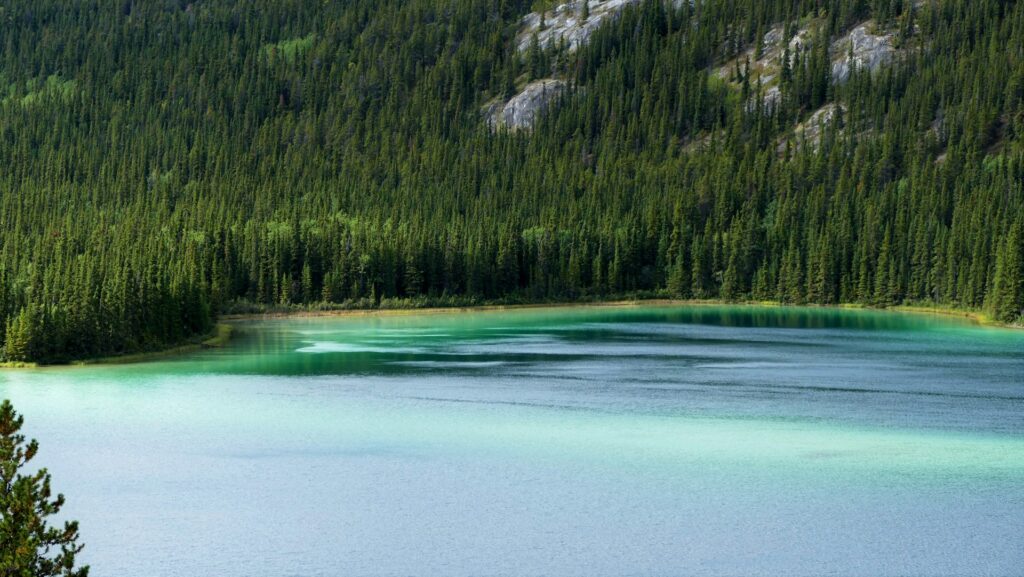
Royal Natal National Park, The Drakensberg Mountains, South Africa
The Drakensberg Mountains, known locally as uKhahlamba, meaning “Barrier of Spears”, offer a dramatic and diverse landscape for a bush craft holiday. Royal Natal National Park, with its towering peaks, lush valleys, and cascading waterfalls, provides a stunning backdrop for learning and practising bush craft skills.
The park’s rich biodiversity and cultural heritage add depth to the experience. The region’s varied climate, from cool mountain air to warm valley breezes, offers different challenges and learning opportunities. The park’s remote trails and hidden valleys ensure a sense of adventure and discovery at every turn… Just watch for those swooping kitesa!
Activities
- Rock Shelter Building: Learn how to use natural rock formations to create shelters.
- Water Sourcing: Develop skills in finding and purifying water from mountain streams and waterfalls.
- Cultural Insights: Explore the ancient rock art of the San people and learn about their traditional survival techniques.
Best Time To Visit
The best time to visit Royal Natal National Park is during the dry season, from May to September. This period offers cooler temperatures and clearer skies, making it ideal for hiking and bush craft activities. The summer months (October to April) can be hot and wet, but they also bring lush vegetation and vibrant wildlife.

Important Considerations: Legalities & Safety
Before embarking on your bushcraft holiday, it’s crucial to ensure that your activities are legal and permitted in your chosen destination. Regulations regarding camping, foraging, and other bushcraft activities can vary significantly between regions and countries. Here are some key points to consider:
- Check Local Regulations: Always research and verify the local laws and regulations regarding camping, foraging, and other bushcraft activities. Some areas may have strict rules to protect the environment and wildlife, and non-compliance can result in fines or other penalties.
- Permits and Permissions: In many locations, you may need to obtain permits or permissions to camp, forage, or engage in certain activities. Contact local authorities or park management to ensure you have the necessary documentation.
- Respect Protected Areas: Many bushcraft destinations are located within national parks, reserves, or other protected areas. These regions often have specific guidelines to minimise human impact on the environment. Always adhere to these rules to help preserve the natural beauty and biodiversity of these areas.
- Safety First: While the allure of solo bushcraft adventures is strong, it is always safer to travel with a guide or in a group, especially in remote or challenging environments. Experienced guides can provide invaluable knowledge about the local terrain, wildlife, and survival techniques, ensuring a safer and more enriching experience.
- Leave No Trace: Practise the principles of Leave No Trace to minimise your impact on the environment. This includes properly disposing of waste, respecting wildlife, and leaving natural and cultural features undisturbed.
By taking these precautions, you can ensure that your bushcraft holiday is not only legal and respectful of the environment but also safe and enjoyable.
Embarking on a bush craft holiday is more than just an adventure; it’s a journey into the heart of nature, where you can reconnect with the primal skills that have sustained humanity for millennia. Now, where did I put my pen knife?

